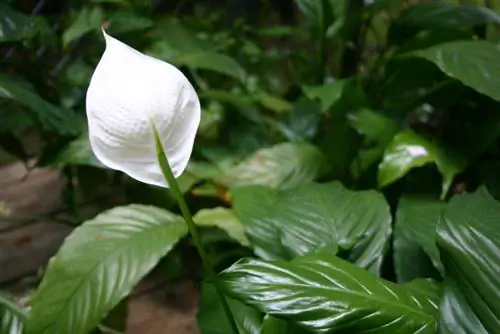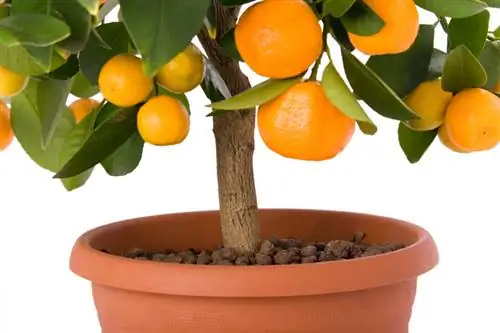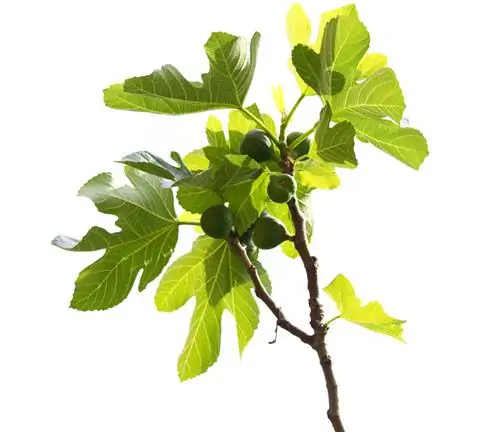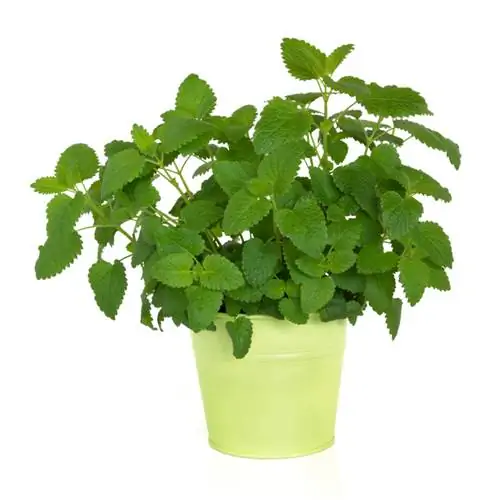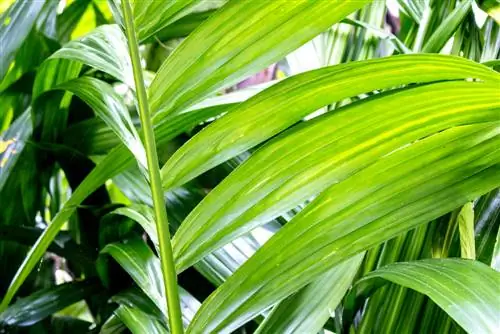- Author admin [email protected].
- Public 2023-12-16 16:46.
- Last modified 2025-01-23 11:20.
The single leaf, botanically correctly referred to as spathiphyllum, is a very popular houseplant for both the home and the office. The plant impresses with large, shiny, dark green leaves and a white, yellow or greenish flower. The plant, which comes from tropical South America, is extremely easy to care for and is ideal for hydroponics - this significantly reduces the already low maintenance effort.
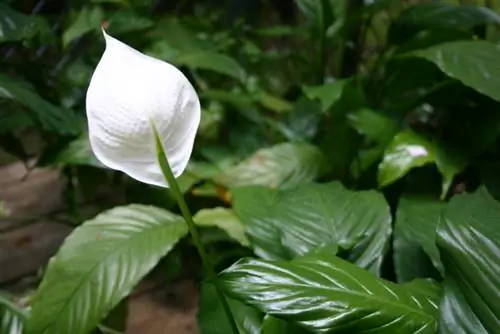
How do you properly care for a leaflet?
To properly care for the single leaf, you need a bright, but not directly sunny location and constant temperatures above 18 °C. Water regularly and evenly, fertilize every two weeks and, if necessary, humidify the air in the room are also important care aspects.
Which location does the single sheet prefer?
From its tropical homeland, the single leaf is used to high humidity with consistently high temperatures all year round as well as a bright to partially shaded, but not directly sunny location. The plant thrives among all the other tropical vegetation and therefore receives little sunlight. However, it still needs a bright place - just not in direct sunlight, as its rays can damage the leaves. The room temperature should never fall below 13 °C; constant temperatures of over 18 °C are better. The leaf is also not comfortable with rather dry air, which is why you should spray it with a mister from time to time.
In which substrate does the single leaf feel particularly comfortable?
You should use loose and nutrient-rich potting soil as a substrate: A mixture of compost soil and sand is ideal, but you can also simply purchase commercially available soil for flowering plants. Ideally, the substrate is also slightly acidic with a pH value between 5 and 6.
How should you water the monoleaf?
The single leaf requires a lot of water and should therefore be watered regularly and evenly. Do the finger test before watering: If the substrate has dried on the surface, it's time to water again. In winter, the single leaf needs a winter break lasting several weeks, during which the room temperature is noticeably lower and you also water less and do not fertilize. This phase is ended by vigorous watering and initial fertilization. The plant will then sprout again and bloom.
When and how often should you fertilize the single leaf?
Since the single leaf also has a fairly high nutrient requirement, you should supply it with a (liquid) complete fertilizer (€19.00 at Amazon) about every two weeks. In contrast to fertilizing other plants, fertilization should only be carried out after watering so that the single leaf, which is sensitive to s alts, is not overwhelmed by the sudden flood of s alt-containing fertilizers.
How often should you repot the single leaf and how big is the ideal pot?
Until the single leaf has reached its maximum size, you should repot it about once a year - if possible always after the "winter break" in spring. The largest possible pot has a diameter of around 20 centimeters, and even the largest single leaf doesn't need more than that. When repotting, ensure there is a good drainage layer made of pottery shards or expanded clay, because even this moisture-loving plant doesn't like having its feet too wet.
Can I propagate the leaflet myself?
The single leaf can be propagated quite easily by division. It is best to carry out this measure together with the annual repotting in spring. Carefully remove the plant from its container, remove excess soil from the root ball and then carefully divide the existing rhizomes, leaving at least one shoot (preferably more) on each section. The individual pieces are planted in separate pots as normal.
Do you have to cut the leaflet?
Pruning is neither sensible nor necessary.
What pests and diseases can occur on the single leaf?
Due to the frequent watering and the constantly moist root ball, you should check the potting soil more often for mold infestation. If this is the case, the substrate must be replaced. Pests such as spider mites or the red spider occur particularly when the air in the room is too dry. Therefore, spraying the plant regularly helps prevent the annoying animals from appearing in the first place.
What to do if the leaf tips are brown?
If the single leaf develops brown leaf tips, this is also an indication that the air is too dry. However, if the leaves have spots or spots, you have fertilized the plant too much. Replant the affected specimen in a new pot with fresh substrate and fertilize it less in the future.
What's the reason if the single leaf doesn't bloom?
If the single leaf does not bloom and/or has brown flowers instead, this is often due to a lack of light. The plants thrive quite well in shady rooms, but then they do not develop flowers. In this case, place the plant in a brighter location.
What else should you pay attention to when caring for the leaflet?
During the summer months, the plant also feels comfortable in a bright spot on the balcony or similar, as long as the temperatures do not drop below 18 °C and it is not exposed to direct sun.
Tip
The single leaf is so popular not only because of its easy care, but also because of its air-purifying properties. The plant removes toxic substances from the room air and instead enriches the air with oxygen.

